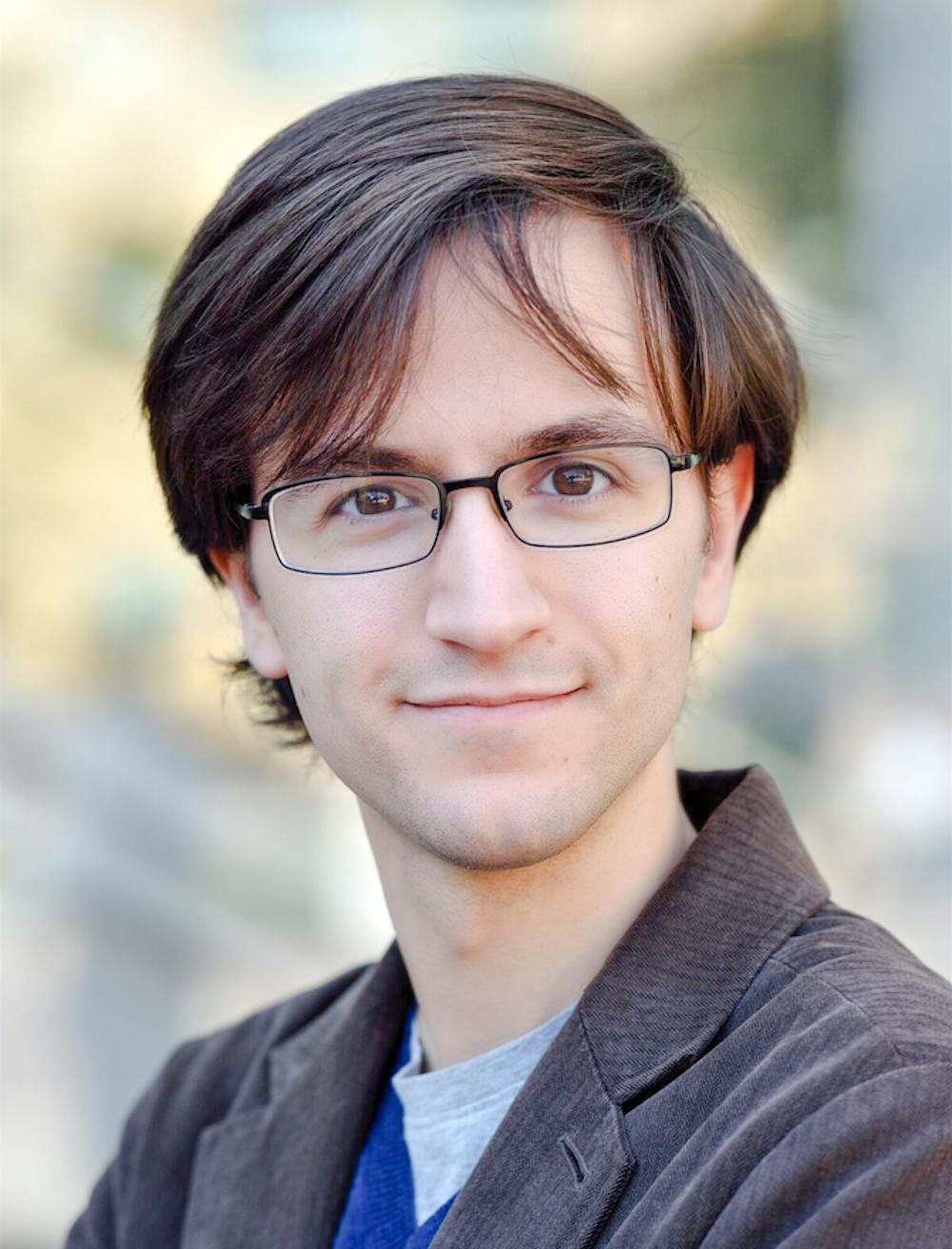As computer science students flood into the newly-renovated CIT, they will be joined by Stephen Bach, an assistant professor who joined the department this semester. Bach’s hiring comes at a time when the discipline of computer science is exploding at Brown — both in terms of class enrollment and research. For the second year in a row, computer science was the most popular concentration at the University, conferring a total of 184 degrees in 2018, 9 percent of all degrees awarded.
Bach researches and teaches machine learning, a field of computer science that aims to detect patterns in large sets of data. Current techniques in this area require massive amounts of labeled data, limiting machine learning’s spread to companies and individuals who can afford to develop this necessary component. But Bach is working to change that. By automating the process of labeling data, he hopes to democratize machine learning and make it easier to apply it to fields such as health care and spam filtering, he said.
Bach is in the process of starting his new research lab and has secured start-up funding from the department for a year. He has begun collaborating with other professors in the department to secure funding as he will soon have to rely on outside grants and sources to keep his lab afloat. With Professor and Associate Chair of Computer Science Michael Littman, Professor of Computer Science Eli Upfal and Assistant Professor of Computer Science James Tompkin, Bach is applying for a Defense Advanced Research Projects Agency grant as part of the agency’s “Learning with Less Labels” program. The program hopes to decrease the amount of labeled data required by a million-fold, a significant change from the current state-of-the-art techniques, according to a DARPA press release.
Bach joins the University after serving as a postdoctoral researcher at Stanford University. While there, Bach helped develop a tool called Snorkel, which greatly reduces the amount of time required to label data. Bryan He, a PhD student at Stanford who worked closely with Bach as part of Snorkel, said that Bach helped him put together “one of the most organized” research projects he had ever been a part of. Bach also served as a visiting scholar at Google this year.
Excited about the prospect of mentoring students in his lab, Bach has already begun reaching out to undergraduates and graduates to join him. In addition, he will sit on the graduate admissions committee for the department this year, hoping to pull PhD students into his work. His advisee, Shiying Luo GS, said she is excited to work with Bach, describing his patience and interesting research as enticing.
Bach will teach two courses during his first year at Brown. In the fall, he will run CSCI 2952C: “Learning with Limited Labeled Data,” a graduate seminar that focuses on much of the work Bach has researched over the last few years. In the spring, he will take on CSCI 1420: “Machine Learning,” an introductory course to the field that has seen enrollment skyrocket in the last few years. In fall 2013, the course had just 51 students; last spring, that number reached more than 250. Expected enrollment in spring 2018 is greater than 300 students, wrote Ugur Cetintemel, professor and department chair of computer science, in an email to The Herald. While teaching such a large class requires overcoming logistical problems from classroom space to grading, Cetintemel believes Bach is prepared for the challenge. “He has an excellent mentorship record and a student-centered perspective on teaching, and he is highly collaborative,” he wrote.
Bach is one of several professors to join the department this year, alongside new faculty members such as Assistant Professors Ellie Pavlick and Tim Nelson. The intensive hiring in computer science is reflective of the growth of enrollment and research in the department.





